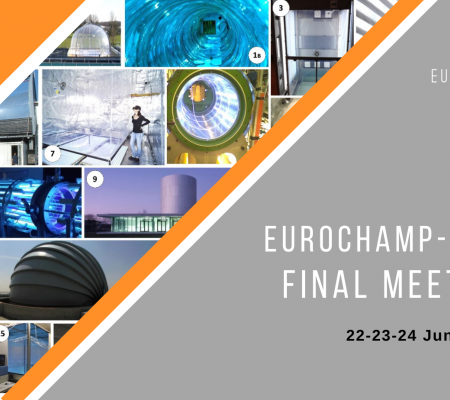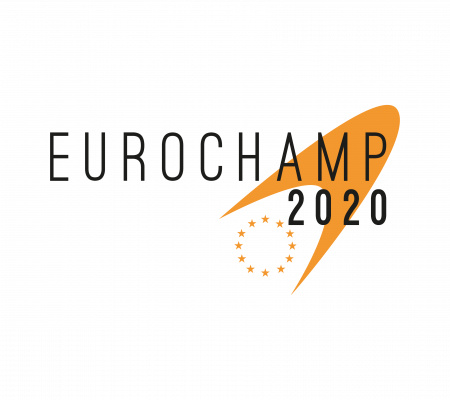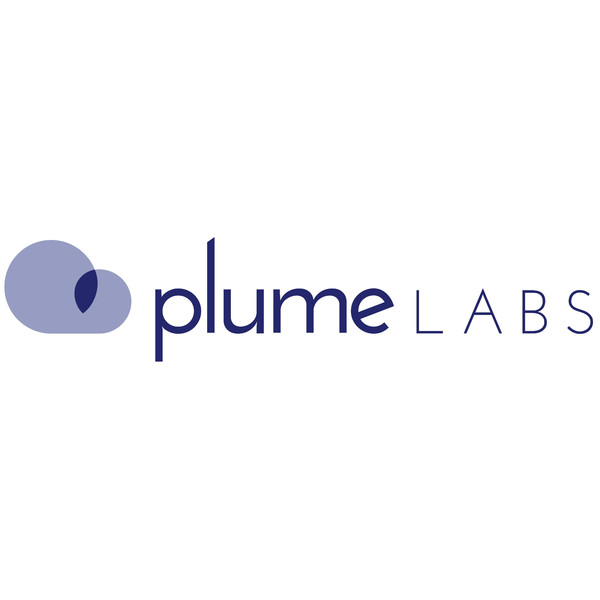
PLUMELABS and CNRS-LISA : a successful collaboration for the development of innovative personal air quality sensors
Personal sensors are experiencing a fantastic development. What was only a fantasy for atmospheric chemists, air quality management organisations andepidemologists is quickly turning into a dream come true as nano-chips dedicated to the detection of atmospheric contaminants are becoming more and more available and affordable. The dissemination of these personal tools at a large scale opens up the possibility for people, at a personal level, to adapt their activities, behaviour and schedule to the surrounding air quality. Moreover, the high networking capability of this sensor technology provides excellent opportunities at a community level. Networks of sensors pave the way for the creation of “citizen observatories” of air quality right where people are living, at the street level, in public spaces, in private housing... and where measurements from regular monitoring networks are often not available.

But if nano-chips are key, they are not the only important factor in the development of personal air quality sensors. Aside from their intrinsic quality and reliability, they also rely on the design of the housing, elimination of potential artefacts, the technology for carrying pollutants to the sensors, and above all, the algorithms used to capture data, analyze and optimize performance. Companies involved in the design and manufacture of personal air quality sensors can benefit hugely from the Eurochamp-2020 research infrastructure by gaining access to the large array of simulation chambers and calibration centres to test sensors and devices under development. But just as important is the advice and guidance offered by the Eurochamp-2020 partners who are among the world’s foremost experts in air quality and atmospheric measurements.
"I was contacted by Plume Labs during the summer 2014" says Prof. Jean-Francois Doussin, Director of the CESAM facility in CNRS-LISA, Paris. "Initially, David and Romain, the co-founders of this start-up were interested in the quality threshold above which air quality sensor information becomes meaningful. Quickly we entered into a very interesting exchange about air quality, nanosensor technologies and their scientific applications, especially for personal use. At first I was a little sceptical about the performance of the sensors but Plume Labs and the CESAM team have are now engaged in an exciting collaboration focussed on benchmarking the nanochips available in the market with the aim of determining which is the best." "I have to admit that the results were far beyond my expectations - especially for ozone" continues Doussin. Since then, Plume Labs have been regular users of the CESAM platforms and their engineers are interacting with the CESAM team on a daily basis. Indeed, as the development of the algorithms and the identification of cross-sensitivities and potential artefacts requires both a huge set of "classical" well calibrated instruments as well as the ability to control the atmospheric composition (in terms of humidity, concentration of target pollutants, concentrations of co-pollutants...), simulation chambers provide the ideal tools and analytical environment.
CNRS-LISA group regularly participates in "brain storming meetings" with Plume Labs to interpret results and improve the design of the sensor devices. They are also involved in key events such as the presentation of 50 prototype sensors to the people of Paris in 2016 and the launch of Plume Labs first product – FLOW, the first smart air quality tracker in early 2017. Plume Labs has been a key supporter of the EUROCHAMP-2020 project since the beginning and are now associated partners of our Research Infrastructure".
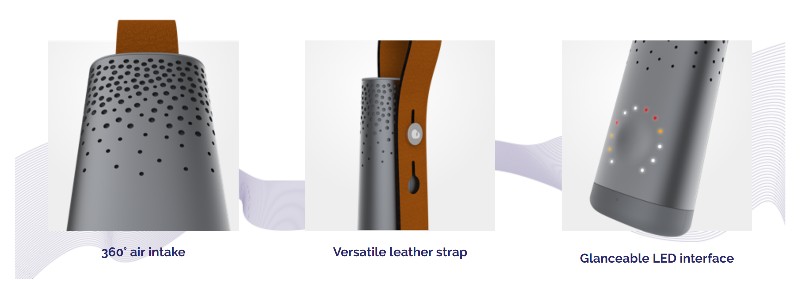
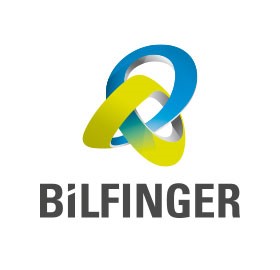
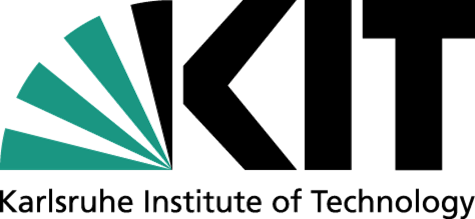
KIT is closely collaborating with the German company Bilfinger Noell GmbH in two innovative projects. The first is the construction of the new dynamic cloud chamber AIDA-2 which has a unique and innovative engineering design in order to perform cloud simulation experiments at constant cooling rates of up to 10 K min-1 in a temperature range from 30°C to -55°C (see http://www.bilfinger.com/en/media/news/bilfinger-to-supply-cloud-chamber-for-international-climate-research/).
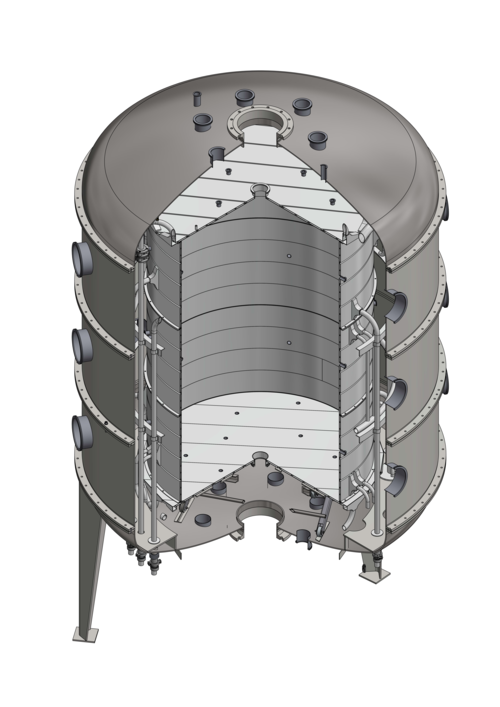 *Structure of the cloud chamber
*Structure of the cloud chamber
The second is the development of a new and innovative mobile instrument for atmospheric measurements of ice nucleating particle (INP) concentrations and laboratory studies of ice nucleation processes. This new instrument called PINE (Portable Ice Nucleation Experiment) is co-developed by KIT, the University of Leeds and Bilfinger Noell GmbH. PINE will be the first instrument of its kind for fully-automated long term INP measurements at high sensitivity and time resolution. Prototype versions have already successfully been tested, a commercial version will be available from early 2019.
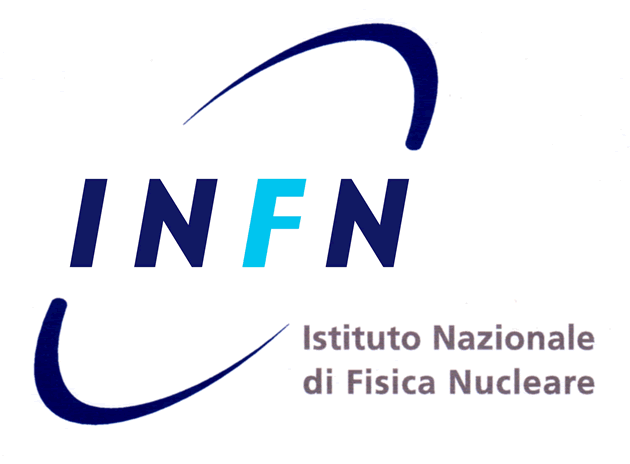

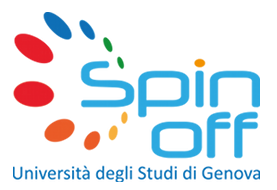

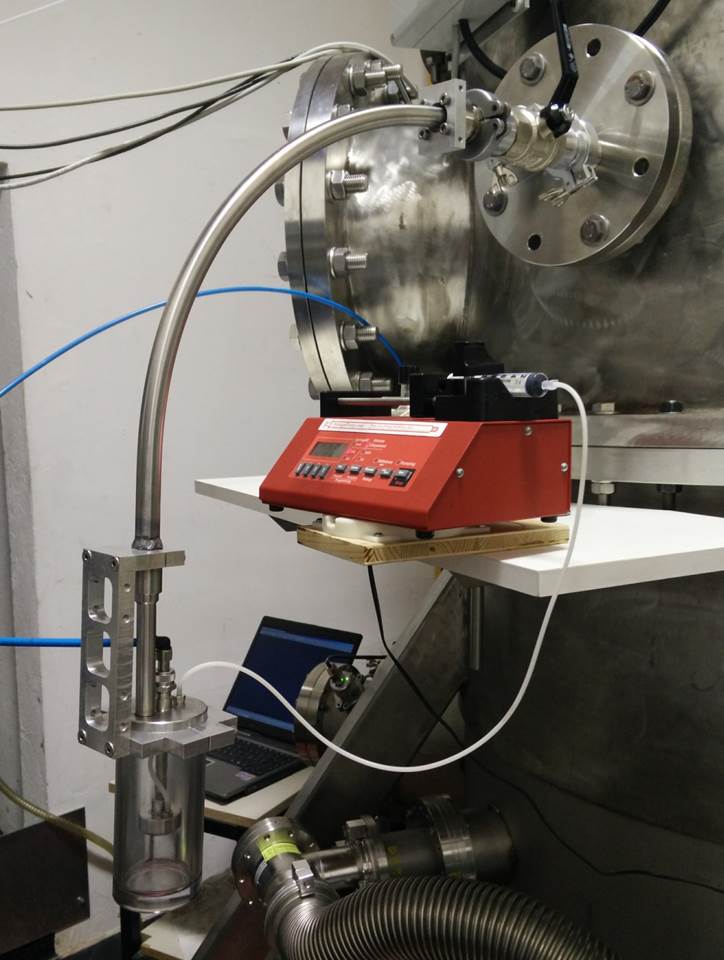
INFN ha been developing for more than 20 years Ion Beam Analysis (IBA) techniques for the characterization of atmospheric aerosol with high temporal resolution. This is particularly important for air quality monitoring and assessment in urban areas, where many pollution sources are contemporary present and can be firmly resolved on the basis of their temporal emission pattern too. In this frame, the idea to develop a new, up-to-date, size segregated continuous aerosol sampler was born in collaboration with two industrial partners associated to EUROCHAMP2020 (the innovative start-up PM_TEN srl and DADOLAB srl). The new sampler will be called STRAS (Size and Time Resolved Aerosol Sampler) and first tests have been performed at ChAMBRe in summer 2017 to measure the cut-off of a new impaction stage specifically designed. The first STRAS prototype is now under construction and it will be thoroughly tested in the next months, starting with an extend set of campaigns at ChAMBre. Actually, the possibility to inject/produce and keep suspended in the simulation chamber well characterized aerosol species is crucial to verify the performance of the new device.
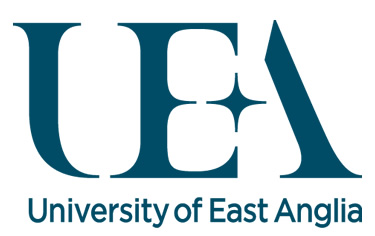

The Roland von Glasow Air-Sea-Ice Chamber (RvG-ASIC) at NCAS-UEA has been working closely with AutoNaut Ltd (Chichester, UK) on an innovation project to adapt the AutoNaut unmanned surface vessel for cold high latitude environments. This involved an investigation into ice-repellent materials and coatings using a bespoke rotating test rig with counter-rotating sample holder above and dipping into the tank in the RvG-ASIC facility. The samples were sprayed with a single jet of freshwater (0 ºC) or saltwater (-2 ºC) at freezing air temperatures (-25 ºC). Ice accumulation was similar on all coatings, but ice attachment strength showed large variations between coatings. This is a key finding to prevent ice build up on the AutoNaut vehicle. Further testing is planned for October 2018.
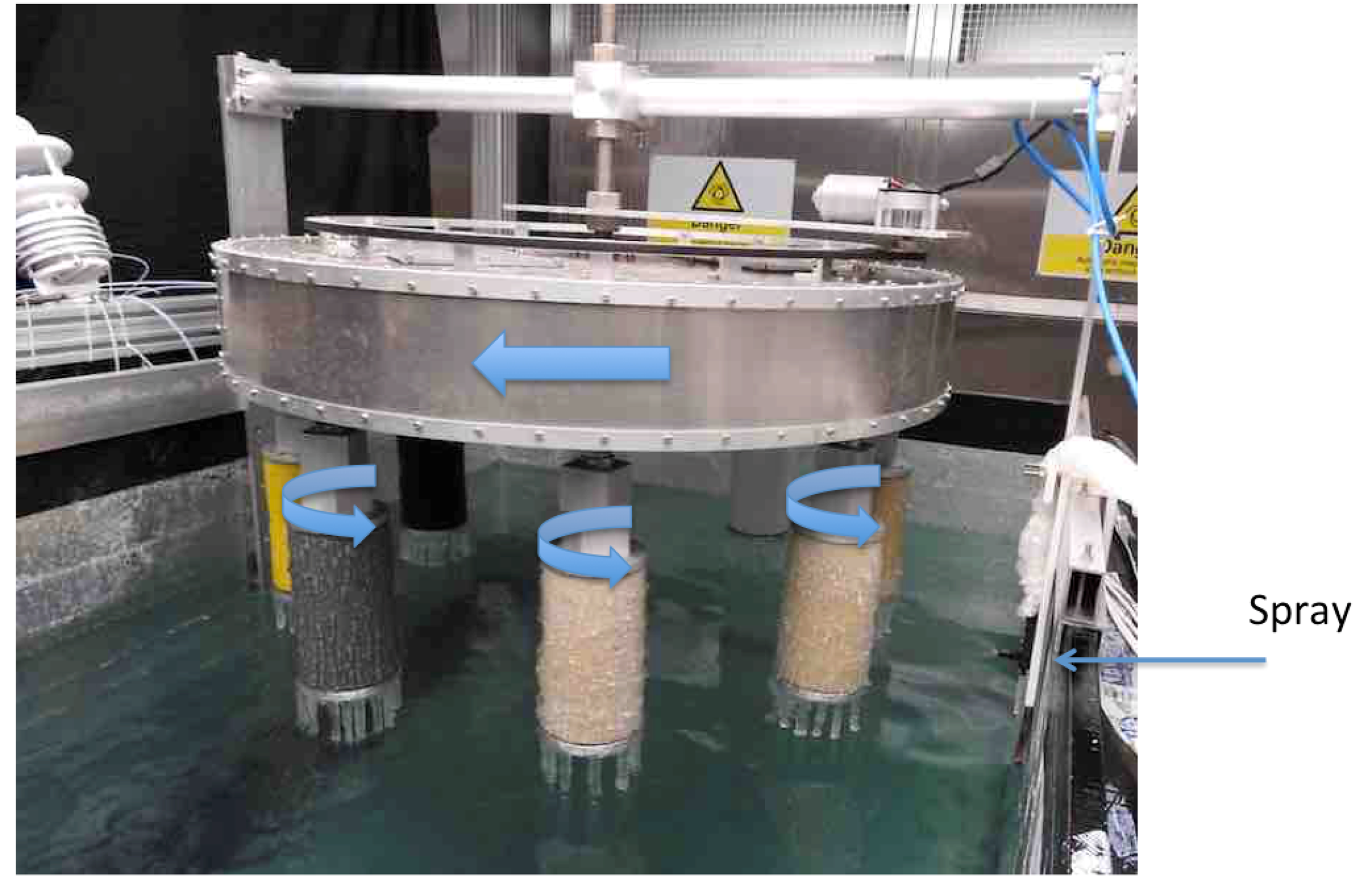



Having the necessary tools to accurately measure the components of the air we breathe every day is a very strong scientific and innovation challenge. Researchers have been working hard in the past decades on this subject, and companies have developed more and more sophisticated instruments to measure our outdoor and indoor air.
Within the framework of EUROCHAMP-2020, very recently, the French SME Blue Industry and Science has teamed up with the Spanish Mediterranean Center for Environmental Studies (CEAM), thanks to the support of the trans-national access (TNA) programme offered by the project. Blue Industry’s engineers had therefore the opportunity to make use of the EUPHORE simulation chamber, one of the most advanced atmospheric simulation chambers in Europe, to validate a new method for monitoring the concentrations of benzene, toluene, xylenes, hydrogen chloride, and non-methane hydrocarbons (NMHC): all potentially harmful and ubiquitous compounds in the atmosphere.
Through this collaboration, the two groups improved the capabilities of a highly innovative instrument which has recently been developed by Blue Industry: the Blue X-FLR9 gas analyzer.
The results from the experiments at the chamber have been extremely useful for the French company, which has managed to validate its instrument, and therefore strengthen its product’s value on the market.
This example highlights the usefulness of transnational access to the most advanced atmospheric simulation chambers.
To know more about the TNA programme in EUROCHAMP-2020 click here.
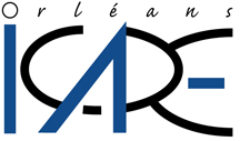
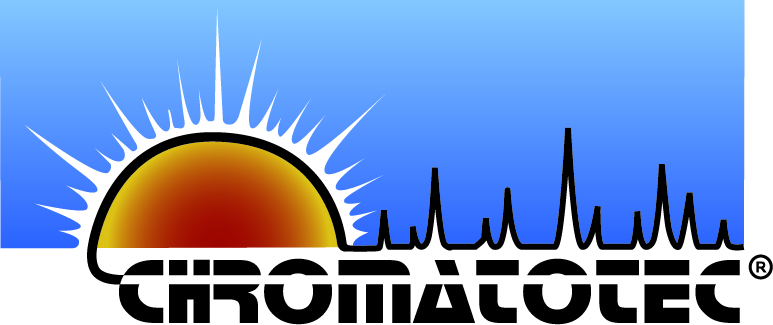
CNRS/ICARE has started a close collaboration with Chromatotec Company aiming at improving the gas analyzers developed by Chromatotec. The HELIOS chamber is hosting the latest GC-FID-MS system from the company since May 2019. It has been used in the PTR-ToF-MS intercomparison campaign, which took place in May 2019 in HELIOS Platform. The performance of the Chromatotec GC-FID-MS is tested and improved under real atmospheric conditions (concentrations of VOCs, interference with atmospheric species, temperature…).


